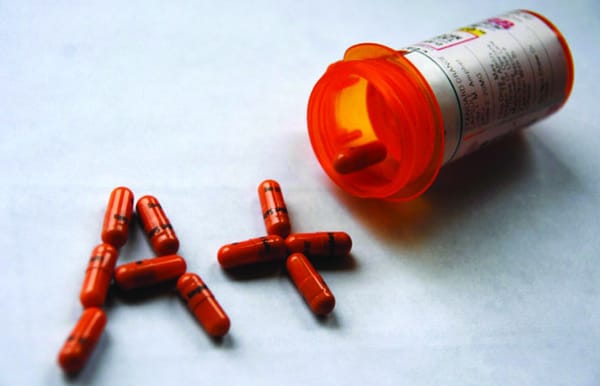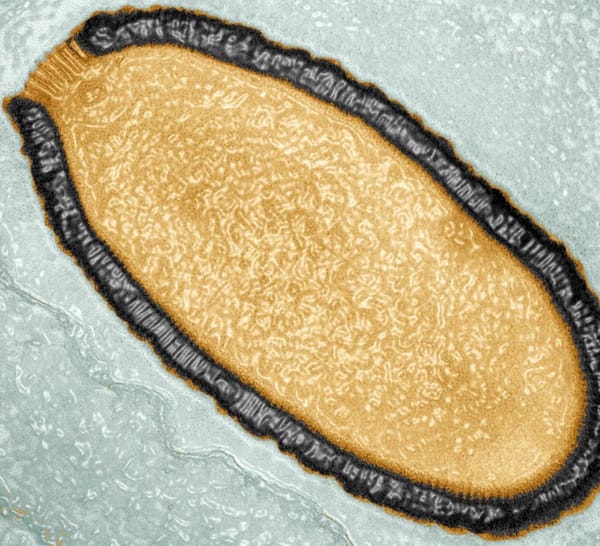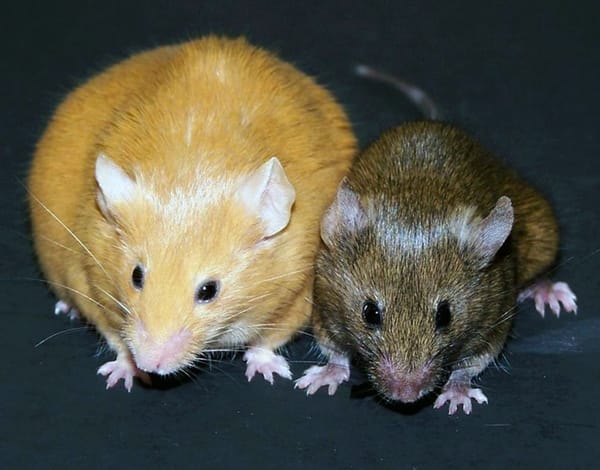On the hunt for young blood
Matilda Hays discusses the anti-aging properties of transfusions for mice

Why do our bodies wear down as we get older? What turns us from jumping, frolicking children into aching, creaking OAPs? And could we ever stop this process?
Twilight fans will be thrilled to hear that the secret to immortality might really lie in people’s blood.
Neural stem cells, the self-renewing, pluripotent cells that develop into the different type of cells that make up the nervous system, have been noted to decrease with age.
They are also located near the blood vessels in our brains so researchers thought that they might be receiving signals, not only from the nervous system, but also from signaling factors carried in the blood, and this may be influencing their decline.
To test this idea they joined the blood supplies of an old mouse (18 months, apparently the equivalent of 70 human years) and a young mouse (only 3 months) together, and found that this boosted the number of neural stem cells in the older mouse, indicating that something in the young blood was stimulating their growth.
They then simply injected old mice with blood plasma from young mice, and got similar results. Although it is important to bear in mind the sample size was only 8, the results suggest the young blood had a significant effect on cognition, with the old mice also performing better on maze learning and memory tests. But whilst some researchers are calling for clinical trials to see the effects on Alzheimer’s, others are cautioning that we need to identify what these ‘rejuvenating factors’ are first and shouldn’t get carried away.
Excitingly, a team of researchers at Harvard think they have identified one. It’s a growth factor called GDF11, found in our blood, and it’s levels decrease as we age. On top of that, this protein is identical in both mice and humans, so any effects on the mice ought to be similar in us.
Injections of GDF11 have been shown to increase the number of blood vessels in our muscles, and to improve the structure of older muscle fibres that become more disorganized with age. This might explain why young blood appears to rejuvenate muscle tissue and increase exercise endurance.
There are also suggestions that GDF11 reverses the effects of cardiac hypertrophy in old mice. This is a form of heart disease where the muscular walls of the heart become stiff and less efficient at pumping our blood, and a characteristic of the disease is that the heart increases in size.
After 10 weeks, the diseased hearts of older mice had shrunk considerably in size, suggesting the hypertrophy had been reduced. However the mechanism behind the process is not fully understood and there are still many questions, for example would the shrinking have continued indefinitely or levelled off at an optimum size?
This paper has also been criticised for focusing mainly on heart size and not including other functional heart tests. However, it is certainly a promising start so watch this space for possible future heart therapies!
Another idea is that the effects of ageing occur because the number and quality of our stem cells in various tissues declines. Stem cells are special because they can continuously renew themselves, whilst also providing a source of new cells for whichever tissue they are part of. For example, in our brain, neural stem cells will keep dividing to renew or replace the neurons in our brain. So if our neural stem cells stop functioning with age, this might explain why our cognitive functions decline.
Whilst such research can potentially offer life-saving therapies, where is the line between preventing age-associated diseases, and controlling our life cycle? We all want to grow old gracefully, but might this lead us to a point where we don’t grow old at all, and what other effects might this have on society?
Overall, we’re still not sure exactly what causes us to age. Theories range from free radicals damaging our cells, to our telomeres running out. (Telomeres are excess bits of DNA at the end of our chromosomes that get shorter each time a cell divides). In truth it’s probably a complicated interaction between pre-programmed bodily changes and our environment. But what is clear is that age is a risk factor for developing many other diseases such as cancer, heart disease and Alzheimer’s.
If we can understand the ageing process then we might be able to reduce the risk of developing these diseases.








